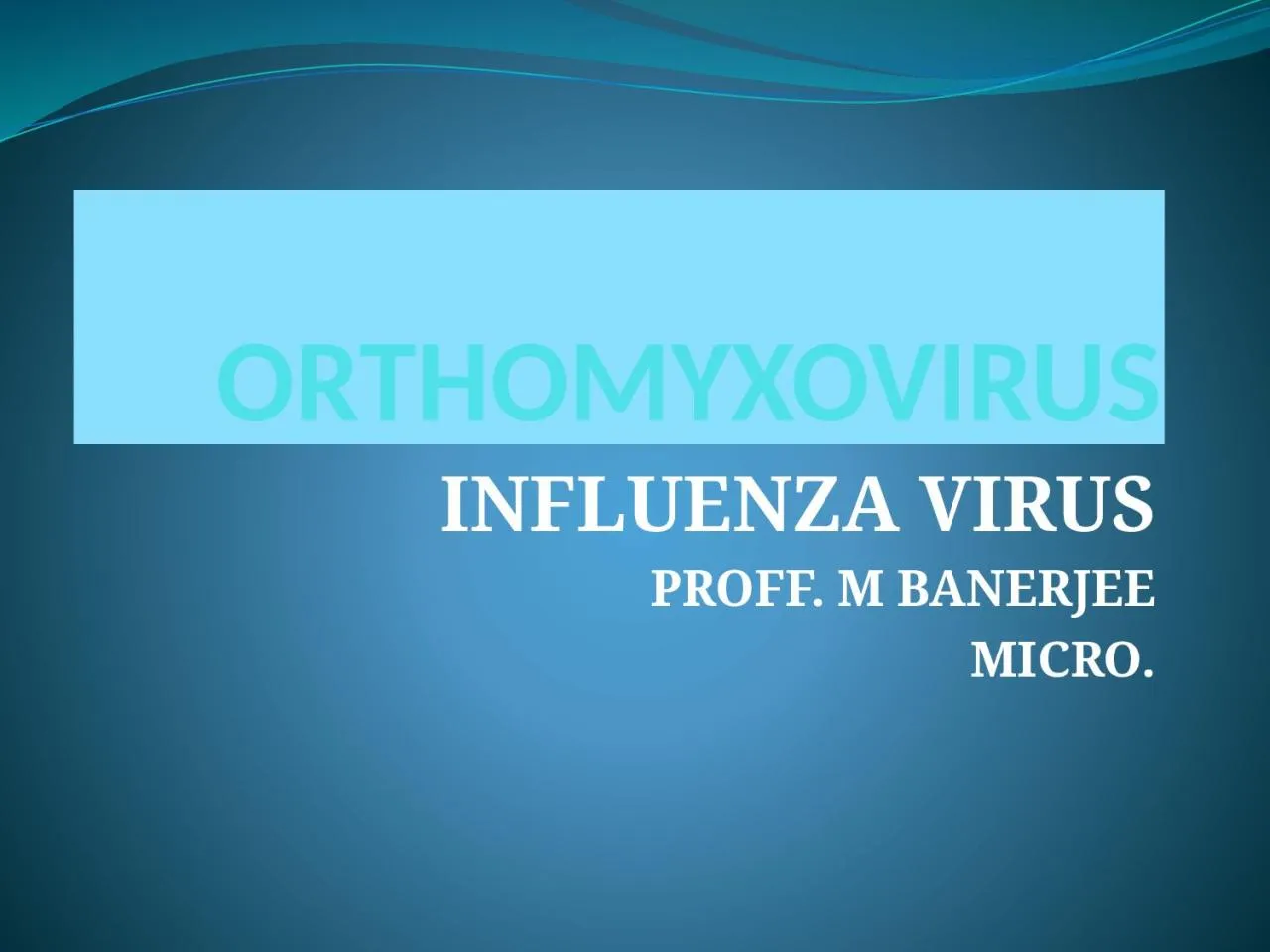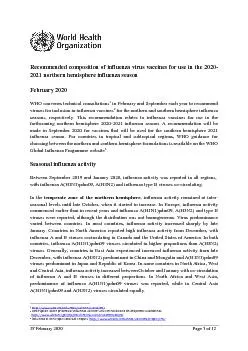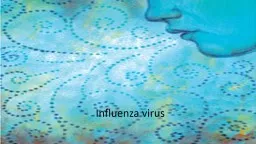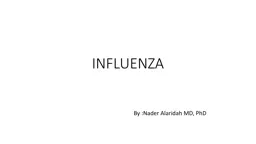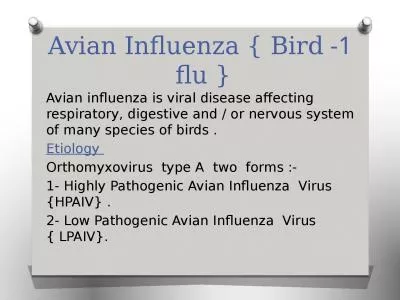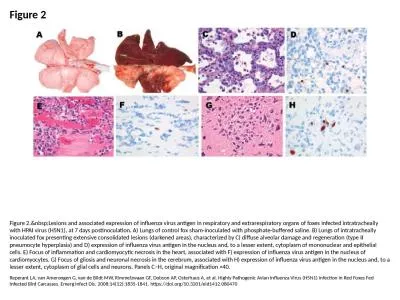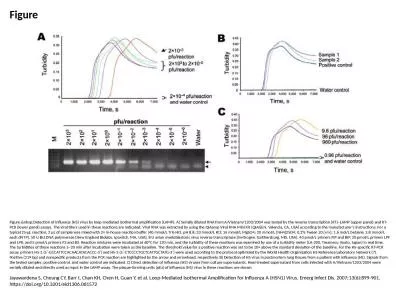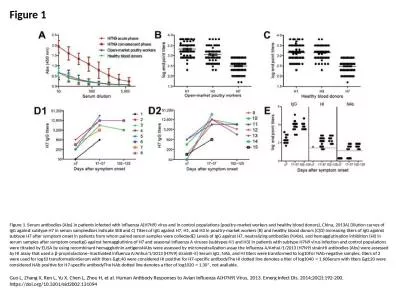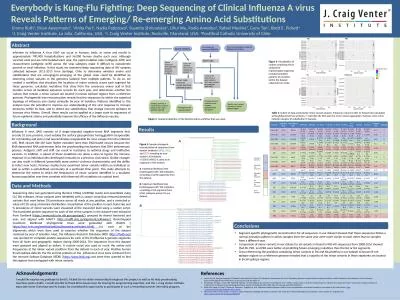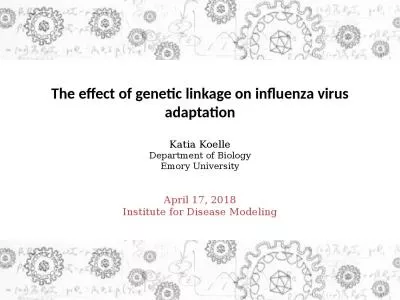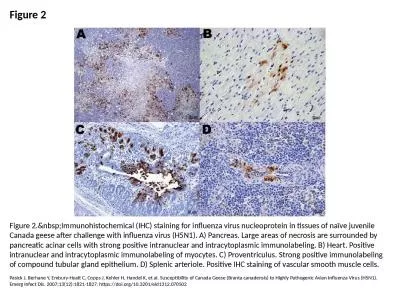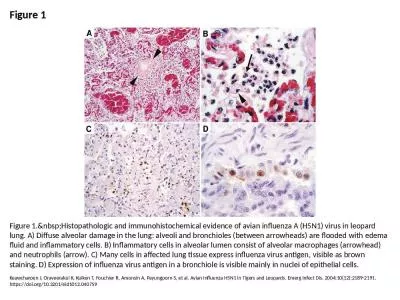PPT-ORTHOMYXOVIRUS INFLUENZA VIRUS
Author : abigail | Published Date : 2022-05-31
PROFF M BANERJEE MICRO Myxovirus Myxovirus for a gp of envelop RNA viruses charecterised by their ability to adsorb onto mucoprotrein receptors on erythrocytes
Presentation Embed Code
Download Presentation
Download Presentation The PPT/PDF document "ORTHOMYXOVIRUS INFLUENZA VIRUS" is the property of its rightful owner. Permission is granted to download and print the materials on this website for personal, non-commercial use only, and to display it on your personal computer provided you do not modify the materials and that you retain all copyright notices contained in the materials. By downloading content from our website, you accept the terms of this agreement.
ORTHOMYXOVIRUS INFLUENZA VIRUS: Transcript
Download Rules Of Document
"ORTHOMYXOVIRUS INFLUENZA VIRUS"The content belongs to its owner. You may download and print it for personal use, without modification, and keep all copyright notices. By downloading, you agree to these terms.
Related Documents

